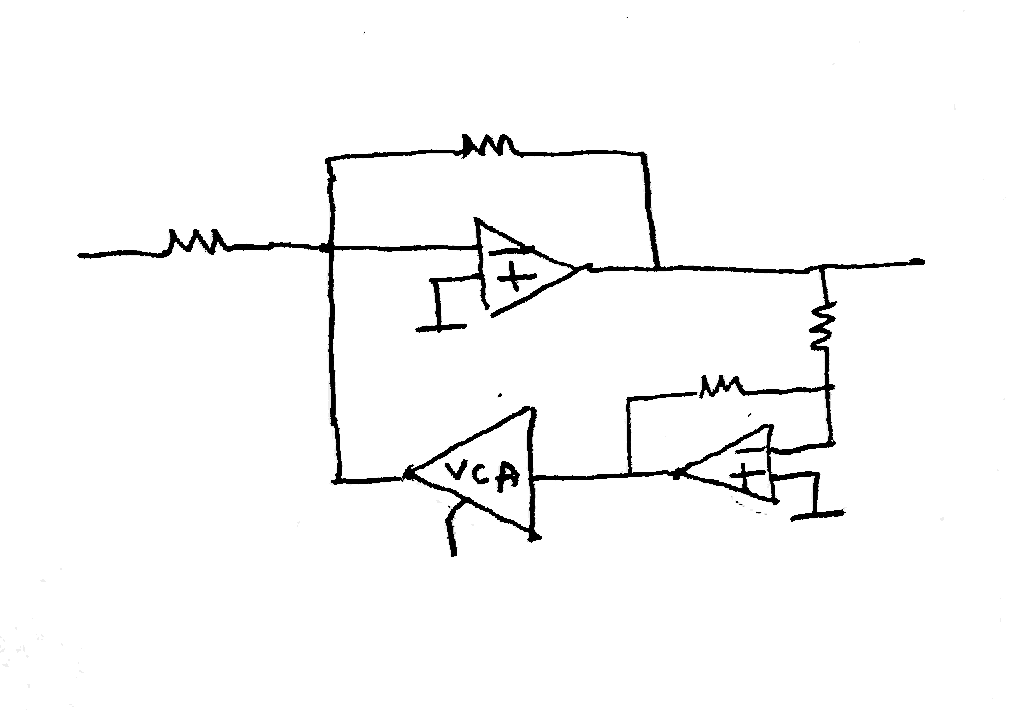neil.johnson
Well-known member
Hi all,
During my travels through this magical life I have developed some involvement with the fine folks at Sound Semiconductor (www.soundsemiconductor.com). They recently launched the SSI2161 single-channel VCA, as well as the SSI2162 dual VCA, both derived from the SSI2164 quad VCA, itself a modern take on the classic SSM2164.
The SSI2161 is a clear competitor to the THAT 2180, although slightly different control interface, and with variable core bias so you can dial in which kind of badness you can live with (less noise or less distortion) - or futz around with sliding bias if that's your thing.
While I am coming at this from the world of music synthesizers, I'm curious to hear folks' views on VCAs in modern recording/audio systems? Compressors/limiters/expanders is the obvious application, is VCA automation still a thing these days?
Cheers,
Neil
During my travels through this magical life I have developed some involvement with the fine folks at Sound Semiconductor (www.soundsemiconductor.com). They recently launched the SSI2161 single-channel VCA, as well as the SSI2162 dual VCA, both derived from the SSI2164 quad VCA, itself a modern take on the classic SSM2164.
The SSI2161 is a clear competitor to the THAT 2180, although slightly different control interface, and with variable core bias so you can dial in which kind of badness you can live with (less noise or less distortion) - or futz around with sliding bias if that's your thing.
While I am coming at this from the world of music synthesizers, I'm curious to hear folks' views on VCAs in modern recording/audio systems? Compressors/limiters/expanders is the obvious application, is VCA automation still a thing these days?
Cheers,
Neil




![Electronics Soldering Iron Kit, [Upgraded] Soldering Iron 110V 90W LCD Digital Portable Soldering Kit 180-480℃(356-896℉), Welding Tool with ON/OFF Switch, Auto-sleep, Thermostatic Design](https://m.media-amazon.com/images/I/41gRDnlyfJS._SL500_.jpg)




























